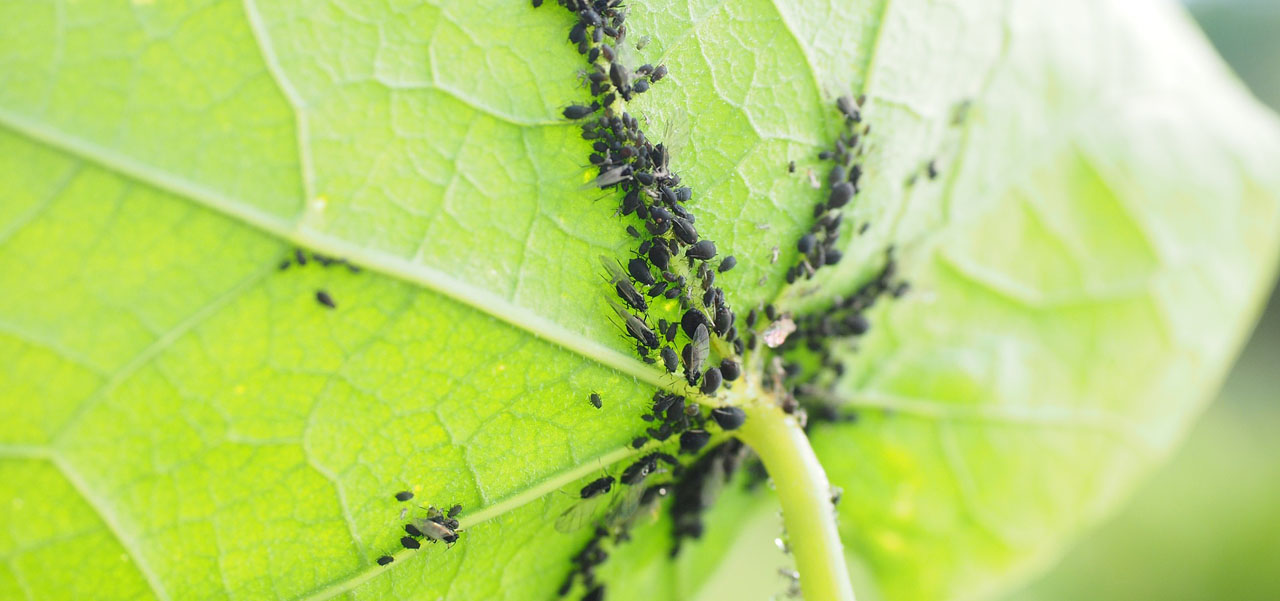At a Glance
Height: 40-100 feet
Spread: 3-24 inches
Shape: Rounded
Exposure: Full sun
Native? Yes
Evergreen? No
Leaves: Somewhat heart-shaped, 1 1/2 -3” long, even a slight breeze causes them to flutter, leading to the “quaking” name. Glossy green in the summer and yellow in the fall
Fruit: Small flowers on catkins
Firewise? Yes
Drought-tolerant? Yes
Bark: Thin layer of non-peeling white bark with black scars
Where to Plant: Aspens prefer moist soil and need lots of sunlight
Common Problems & Possible Causes
Aspen don’t have a primary pest or disease; they have so many that the “worst” one depends on the site conditions. Usually, aspens that are looking unhealthy or in decline will be affected by a combination of problems.
Holes in the bark with pieces of wood around the hole and below it on the ground – Poplar borer
Tiny black dots on the bark – Oystershell scale
Yellow spots and sticky residue on leaves – Aphids
Chewed leaf edges & holes in leaves – Caterpillars
Torn or stripped off bark – Deer or elk rubbing, animal browsing
Defoliation or dieback of parts of the tree – Aspen leaf blight
Patches of bright orange bark that (usually, but not always) ooze brown liquid – Cytospora canker
About Aspen (Populus tremuloides)
 Probably the most popular tree for the Evergreen, CO area, aspen, also called quaking aspen, are beloved for their distinctive sound and fall color. The trembling leaves are the only sound when it’s windy in a large grove, and the golden leaves are quintessential of a Colorado fall.
Probably the most popular tree for the Evergreen, CO area, aspen, also called quaking aspen, are beloved for their distinctive sound and fall color. The trembling leaves are the only sound when it’s windy in a large grove, and the golden leaves are quintessential of a Colorado fall.
Aspen or Birch?
Aspen trees are often confused with birch trees, though birch are an entirely different family of trees. Look for differences such as peeling bark on birch trees and birch leaves that are slightly v-shaped (aspen leaves have a more rounded, heart-like shape).
Aspens Function as a Group, Rather Than as Individuals
 Aspen forests cover 5 million acres (20 percent) of Colorado’s forested land.
Aspen forests cover 5 million acres (20 percent) of Colorado’s forested land.
Aspen trees naturally grow in groves, rather than as individual trees. In fact, it may be easier to picture a stand of aspen as one huge organism, where the main section (a system of roots) is underground. The roots sprout up various trees, which become a grove of aspen. Known to be the largest plant (by mass) on the planet, the systems of roots, called aspen clones, can cover a very large area.
While individual aspen trees will live for 40-150 years above ground, the root system can live for thousands of years.
At least a portion of a giant aspen grove will be along a riparian area. Many speculate that is where they initially grow from seed to spread over great areas over time.
Aspen trees need plenty of sunlight to survive, so after a forest fire “clears” an area, aspen clones quickly send up new suckers that become trees.
Aspen Bark
 Aspens are quickly recognized by their white outer bark, but what’s unusual about this type of tree is that beneath the white bark is a layer of green. This green layer allows the plant to synthesize sugars and keep growing during the winter months, when other deciduous trees are normally in a period of dormancy.
Aspens are quickly recognized by their white outer bark, but what’s unusual about this type of tree is that beneath the white bark is a layer of green. This green layer allows the plant to synthesize sugars and keep growing during the winter months, when other deciduous trees are normally in a period of dormancy.
Deer and elk often rely on this green layer of bark for food during winters when other food sources are scarce.
Aspen bark on older trees is also marred by black scars, left there by lower branches that are naturally self-pruned.
Aspen Growing Conditions
Heavily relied on by an abundance of animals, this tree likes to have similar growing conditions to spruce.
It needs lots of sunlight and is very picky about the soil in which it is planted. Since it is a large organism that can grow over several acres, it needs much more room than other types of trees.
See what trees we recommend planting instead of aspens in this blog post >>
In an ideal setting, aspens grow healthy and resist damage. However, in residential or commercial settings, such as the landscape surrounding your home or business, aspens are commonly afflicted by a multitude of problems. These can include poor soil quality, insect pests, fungal infections, animal browsing, and more.
Learn more about common aspen problems here>>
When introduced to our outdoor spaces, watering is a key component to their establishment and success.
Tree Planting
We recommend spring or early fall planting to get your new trees off to a great start. You can always call us for advice on where to plant your new tree(s) and don’t forget that we offer professional tree planting services if you don’t want to do it yourself!
Recommended Trees & Shrubs
Get A Free Quote
Call us at 303-674-8733 or contact us online to get a free estimate for tree planting, general tree services or any aspect of our Plant Health Care program.

























